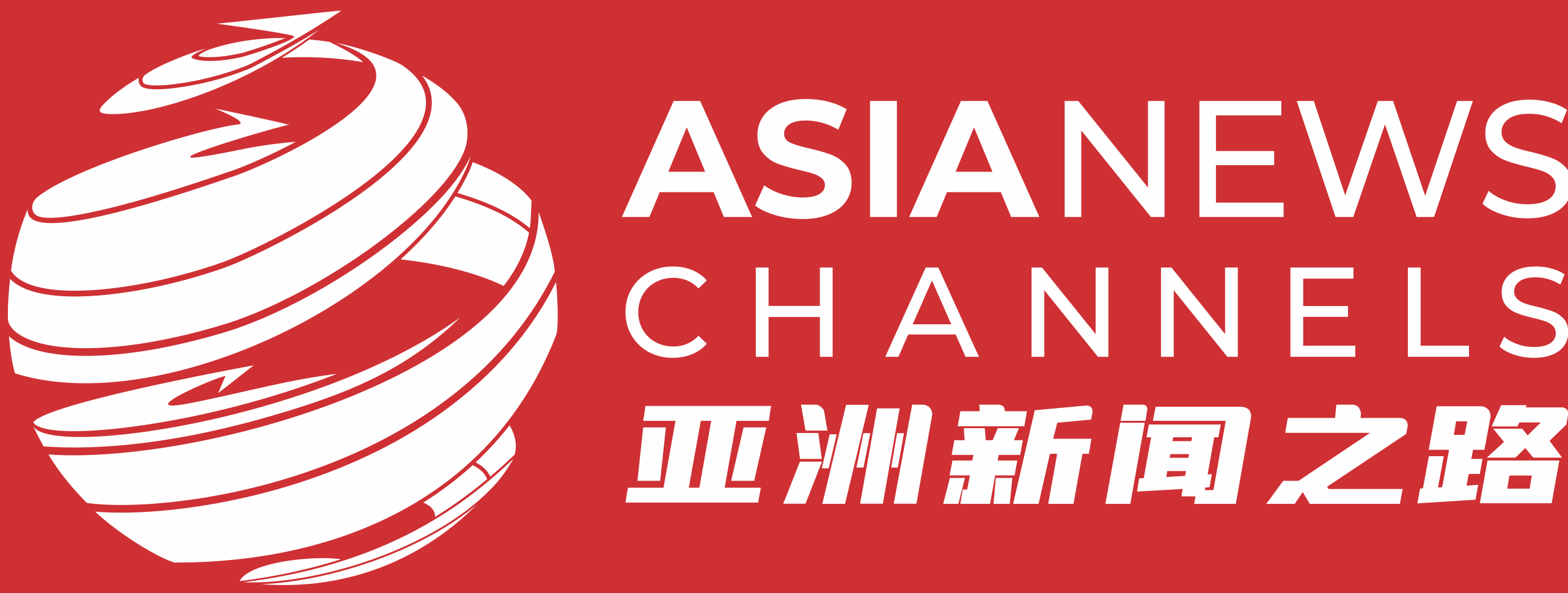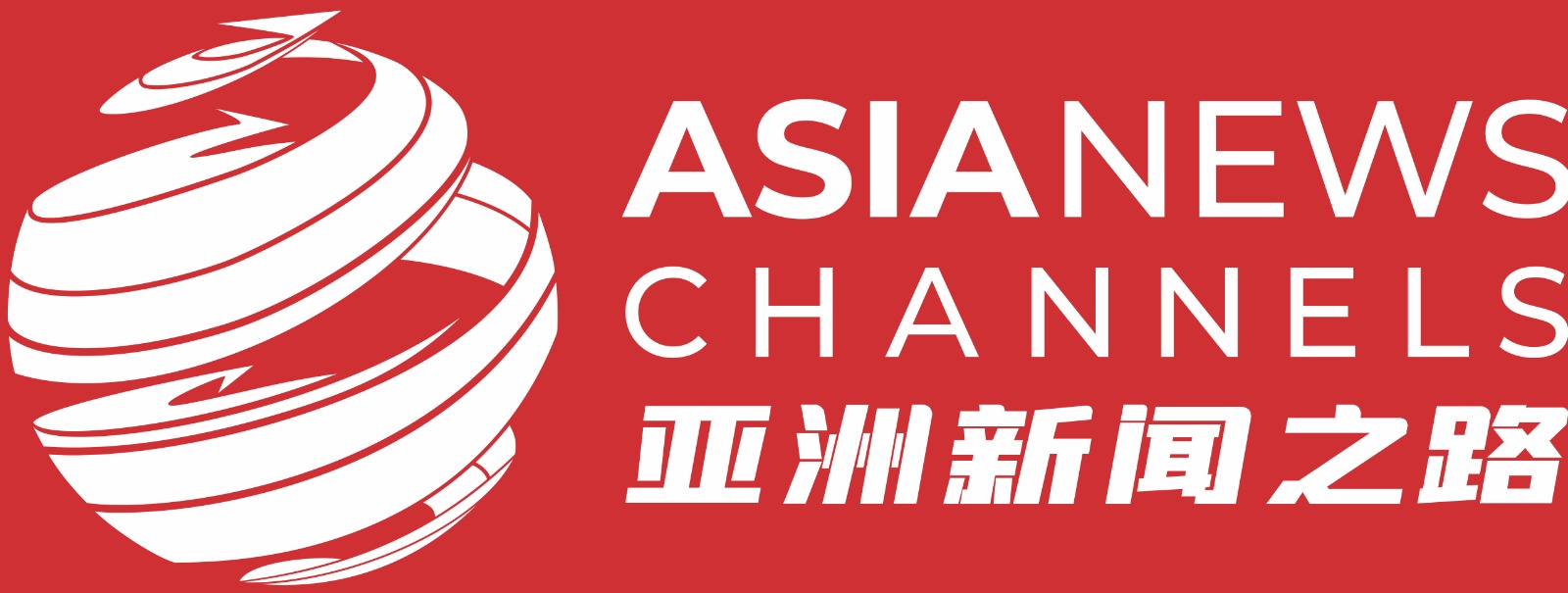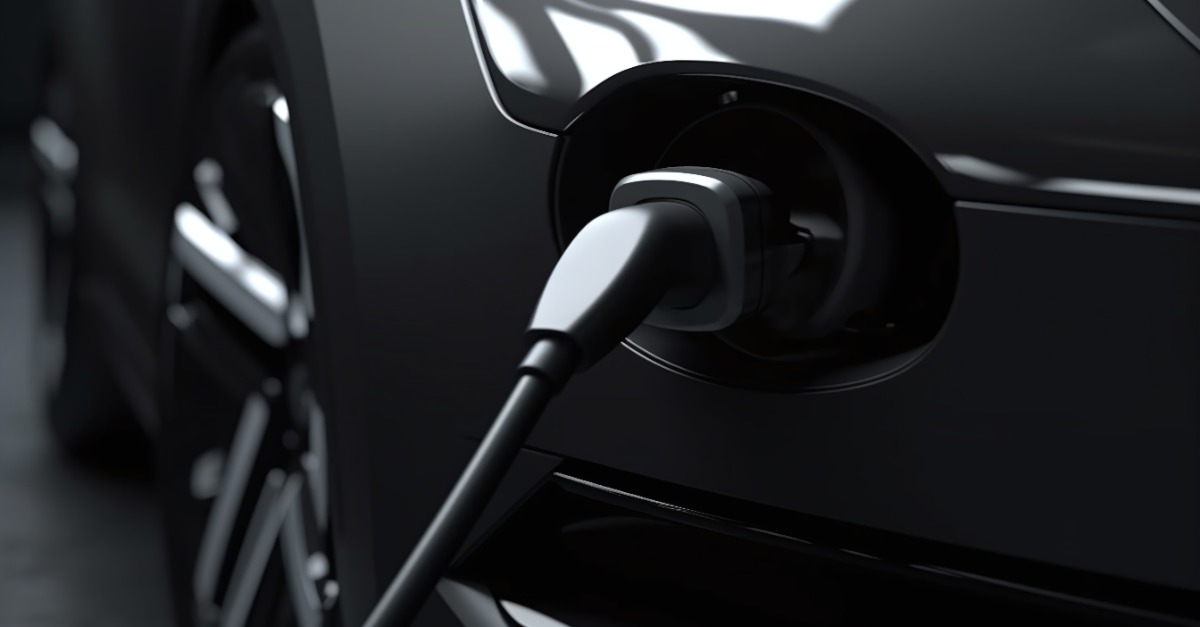06/07/2023 (Seri Kembangan, Malaysia) - Chinese New Energy Vehicle (NEV) companies are rapidly expanding into the Southeast Asian market, buoyed by strengthened economic relationships, increased political trust, and a range of favorable policies under the Regional Comprehensive Economic Partnership (RCEP).
These NEV manufacturers, apart from boosting sales, are vigorously establishing assembly lines and developing a full industry chain in a market traditionally controlled by Japanese automakers. The move is aimed at offering localized services to customers in the region.
Key industry figures and officials from RCEP countries recently converged at the China-ASEAN Forum on Emerging Industries in Shenzhen, South China's Guangdong Province, to discuss recent progress in NEV development and how to enhance conditions for this burgeoning sector.
BYD, a leading player in the NEV market, is making strides in its interactions and collaboration with ASEAN nations. The firm's CEO, Wang Chuanfu, revealed at the forum's opening ceremony that BYD has established its first overseas passenger car production base in Thailand. The facility, which began construction in March, is expected to produce 150,000 vehicles annually from 2024, and provide 5,000 local jobs.
Meanwhile, Chery International Corporation plans to set up factories in Indonesia, Malaysia, and Thailand, enabling a broad coverage of Chery electric models in the region, as stated by the company's executive deputy general manager, Qu Jizong.
According to Tang Zhimin, director of the China-ASEAN Research Center, Chinese car manufacturers currently hold a dominant position in Thailand. Four of the top five pure electric vehicles models in the country in 2022 were Chinese brands, with BYD Atto 3 controlling 37.5 percent market share in Q1.
In terms of the ASEAN market, Thailand led NEV sales, accounting for 58 percent of the total in 2022, followed by Indonesia and Vietnam with 20 and 16 percent, respectively. The ASEAN market is seen as stable both geopolitically and in terms of supply chain, making it an attractive investment destination for Chinese NEV makers.
However, the journey is not without challenges. Market preference for Japanese models, Japanese automakers' established presence in the traditional car sector, and a lack of unified NEV industry standards in the region are among the major hurdles, industry insiders told the Global Times.
In spite of these obstacles, the potential for industrial transformation and innovation within the ASEAN region is enormous, according to Jin Zhuanglong, China's Minister of Industry and Information Technology. Chinese NEVs have made significant strides, accounting for 60 percent of global sales from January to April, a trend that can be largely attributed to the country's strong industrial chain and manufacturing prowess.



